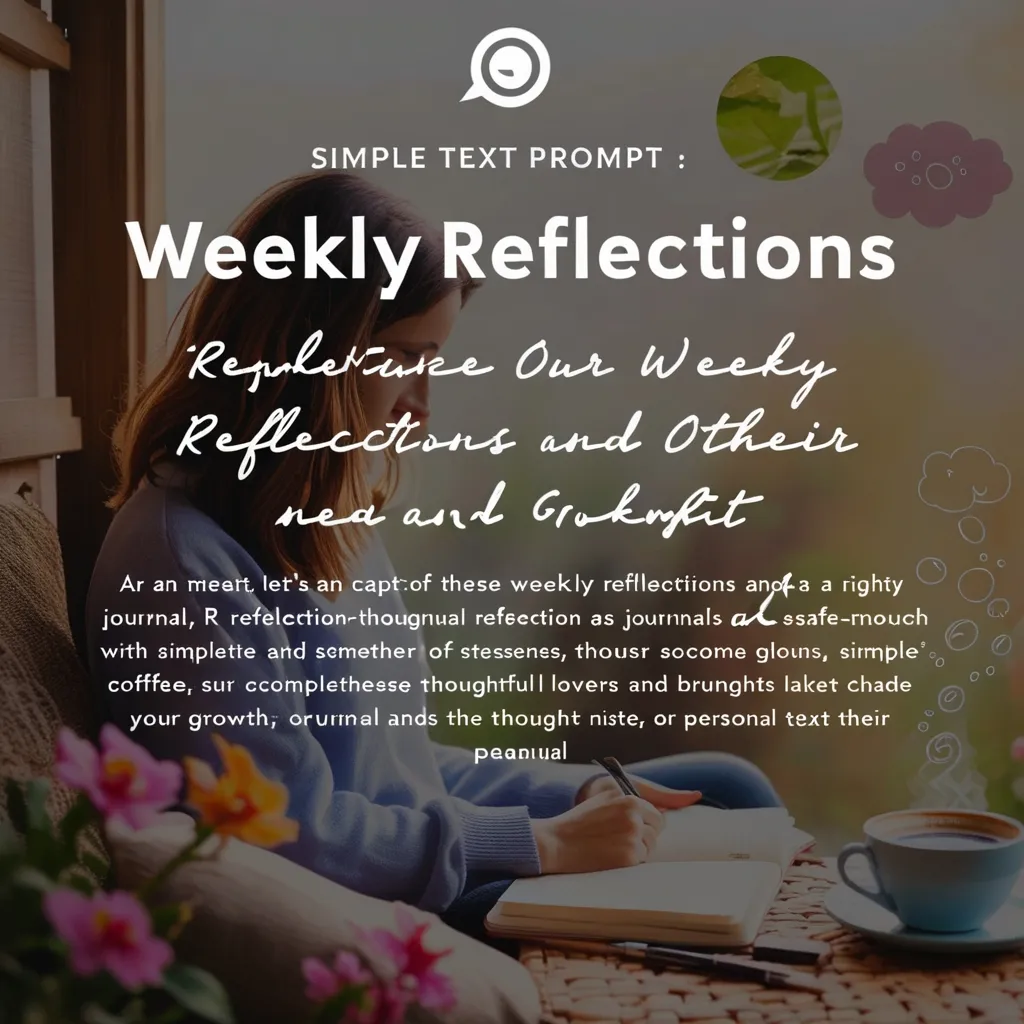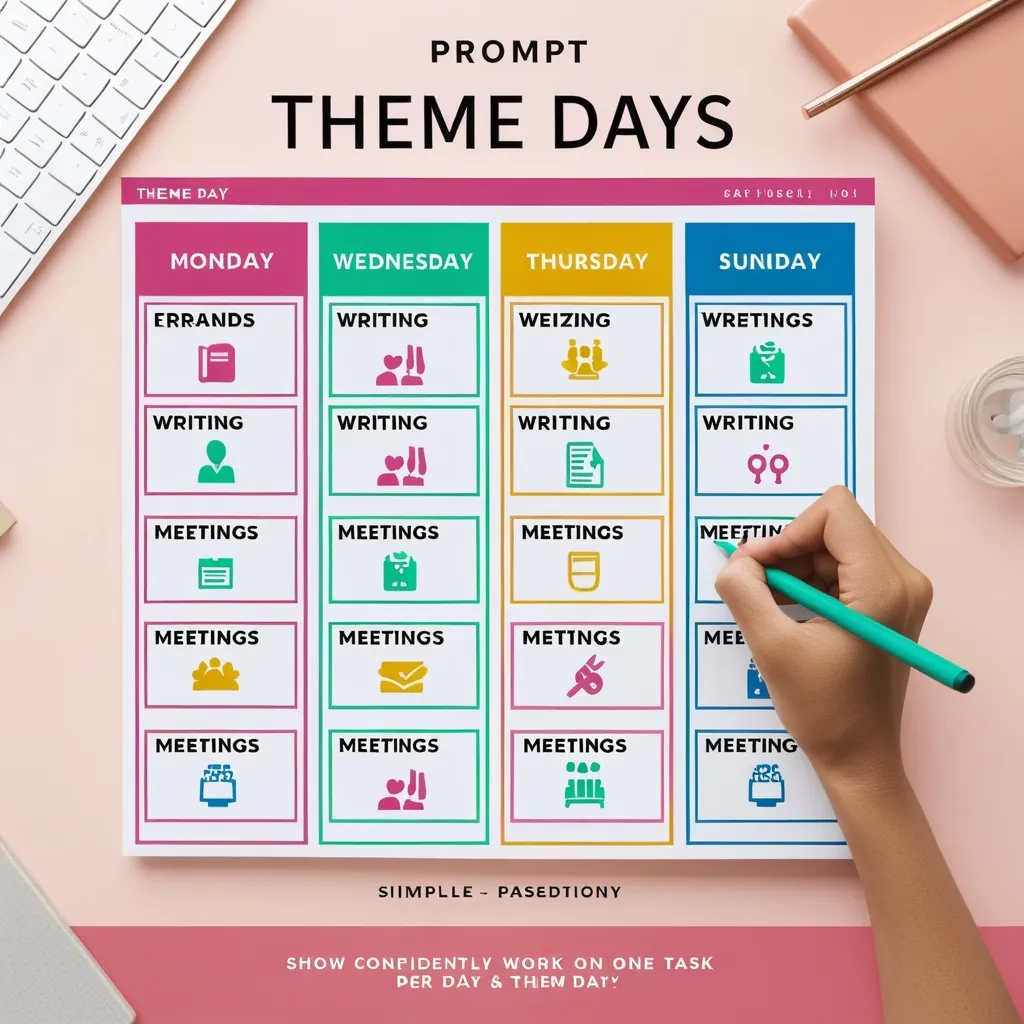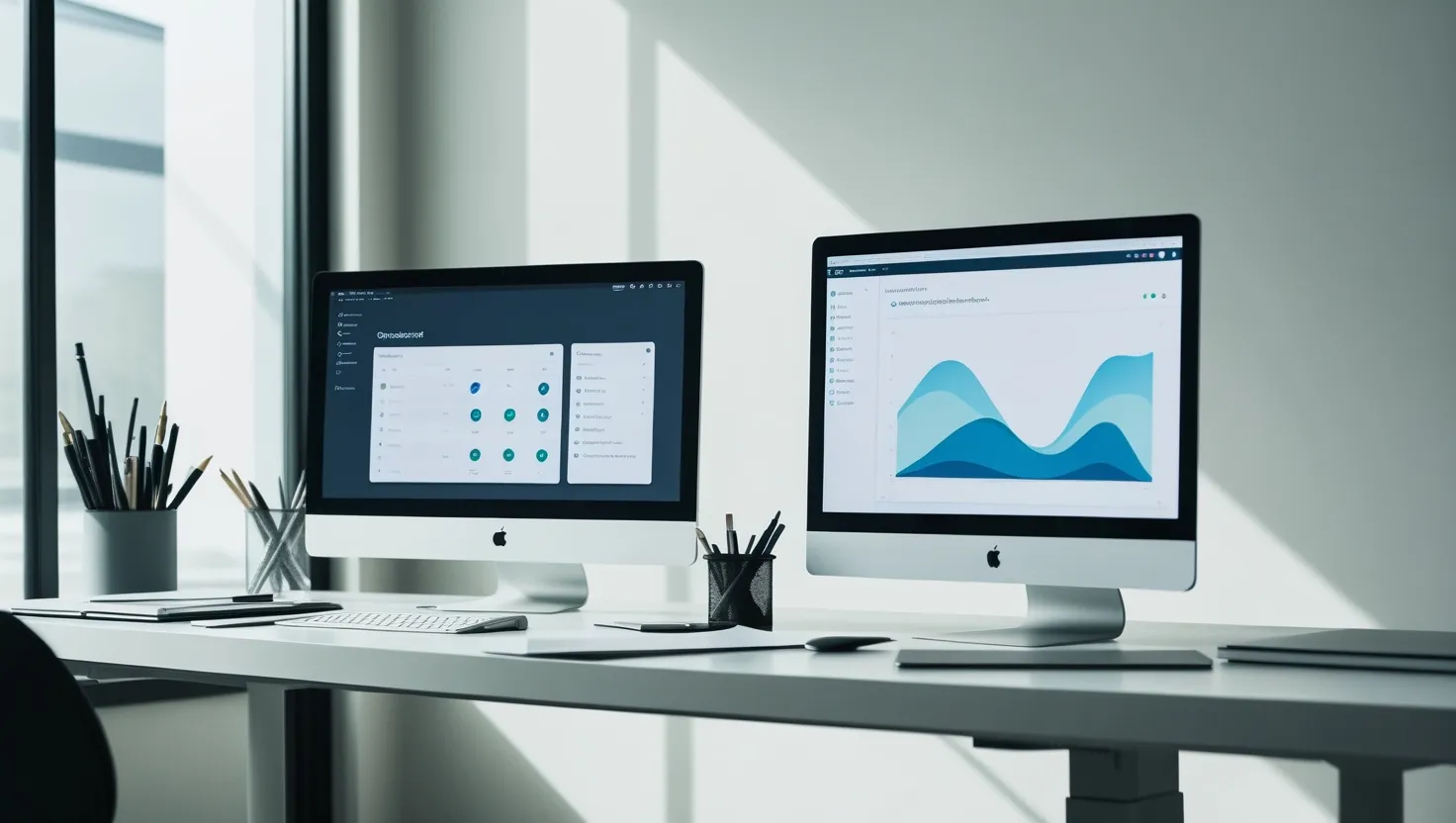Managing your email inbox can feel like tackling a mountain of digital chaos, especially when new messages keep pouring in. But hey, it doesn’t have to be that way. With some smart strategies and a bit of tech magic, keeping your inbox tidy can be a breeze. Let’s dive into how folders and labels can be your new best friends when it comes to managing those pesky emails.
First off, let’s talk folders and labels. They’re your dynamic duo in the email organization game. Whether you’re on Outlook or Gmail, these tools can transform your inbox from a cluttered mess to a well-oiled machine.
So, what’s the deal with folders? Think of them as the old-school method of email organization, especially in Outlook. When you drop an email into a folder, it’s like moving a document into a filing cabinet. Out of sight, out of mind. The cool thing is, it keeps your main inbox clutter-free. The downside? Each email can only live in one folder at a time. Bummer if you need to file the same email under different categories.
To set up folders in Outlook, just right-click on your inbox or any existing folder and click “Create new subfolder.” It’s like building a hierarchy, which is great until it starts feeling like a labyrinth.
Now, labels – here’s where things get sexy. Labels are Gmail’s answer to folders, and they add an extra layer of flexibility. Instead of moving an email out of your inbox, labels tag it. You can slap multiple labels on one email, so it fits into various categories. Picture this: it’s like putting color-coded sticky notes on a document. So much more versatile, right?
In Gmail, scroll down your label list, click “More,” and hit “Create new label.” You can even nest labels to create sub-labels. Super handy.
Once you’ve got the basics down, it’s time to create your organizing system. Here’s how to get started:
Identify your main email categories. These can be anything from Work, Personal, or Bills, to more action-based ones like Reply, Read Later, or Archive.
Next, set up folders or labels for these categories. For Gmail fans, navigate to your label list and create new labels. Outlook users can right-click on their inbox to create subfolders.
But wait, why stop there? Take things up a notch by setting up rules or filters. These nifty tools auto-sort incoming emails into the right folder or label based on criteria like sender, keywords, or content. It’s like having a personal assistant for your inbox. Over on Gmail, you can even create a filter that skips the inbox entirely and slaps a label on an email. In Gmail settings, head to “Filters and Blocked Addresses” and create a new filter. Easy peasy.
Keeping your system shipshape requires a bit of ongoing effort, but it’s no sweat if you know what you’re doing:
Adjust folders and labels as your needs change. It’s a living system that should evolve with you.
Use bulk organizers like Clean Email to tidy up your inbox in one go. They group similar messages and manage them in bulk, saving you tons of time.
Archive or delete when necessary. Archiving keeps emails accessible without cluttering your inbox, while deleting kicks them out for good.
Got a team? Labels are your secret weapon for collaborative email management. Unlike folders, labels let everyone access the same email without moving it from the inbox, offering a unified view for seamless teamwork.
Don’t forget mobile devices. Organizing emails on-the-go is just as crucial as on your desktop. Set up email notifications and use mobile apps so your inbox stays tidy no matter where you are.
In this tech-driven world, let AI and smart tools do some of the heavy lifting. Tools like Ultra can auto-sort emails, block spammers, and handle unsubscribes, freeing you up to focus on what matters.
At the end of the day, managing your email well is key to staying productive and stress-free. Understand your tools – folders and labels – and set up a system that works for you. With regular upkeep and a little tech help, taming your inbox becomes a whole lot easier. Whether you’re team Gmail or team Outlook, finding a personal rhythm for email management is what will keep you on top of those relentless messages.






